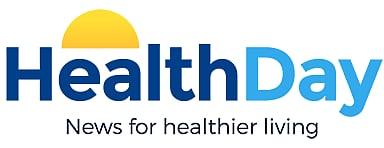WEDNESDAY, Nov. 19, 2014 (HealthDay News) -- Response to post-stoke restorative therapy is best predicted by a model that includes measures of both neural injury and function, according to research published online Nov. 10 in the Annals of Neurology.
Erin Burke Quinlan, from the University of California at Irvine, and colleagues conducted a battery of assessments in 29 patients (three to six months post-stroke) prior to initiation of three weeks of standardized upper extremity robotic therapy.
The researchers found that predictors of treatment gains included smaller corticospinal tract (CST) injury, greater ipsilesional motor cortex (M1) activation, and greater inter-hemispheric M1-M1 connectivity. The best prediction was achieved, according to multivariate modeling, using both CST injury and M1-M1 connectivity (P = 0.002). No patient beyond the threshold of >63 percent CST injury achieved clinically significant gains. Results varied by stroke subtype. In patients with lacunar stroke, gains were exclusively predicted by a measure of intra-hemispheric connectivity.
"Neuroimaging measures were the best predictors and may have an ascendant role in clinical decision-making for post-stroke rehabilitation, which remains largely reliant on behavioral assessments," the authors write.
One author disclosed financial ties to the pharmaceutical and medical device industries.
Abstract
Full Text (subscription or payment may be required)


